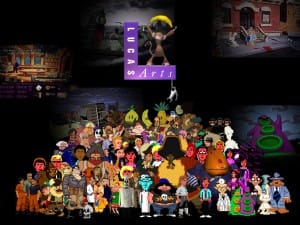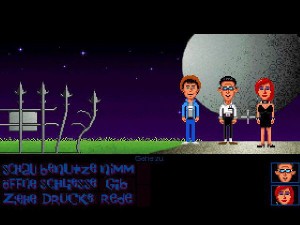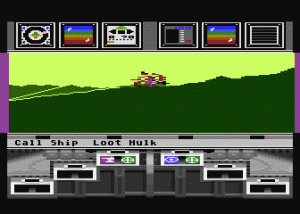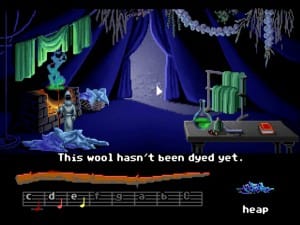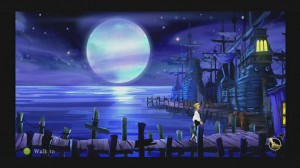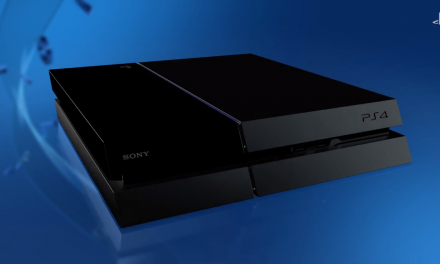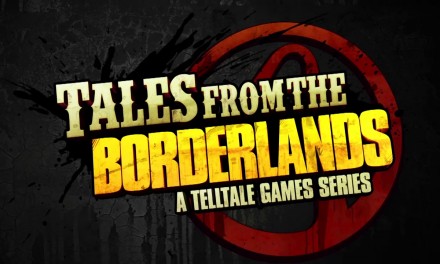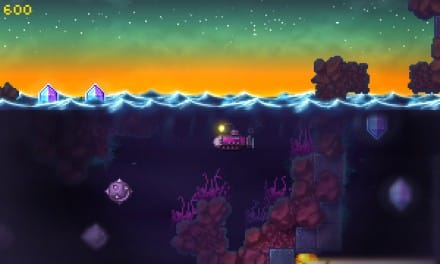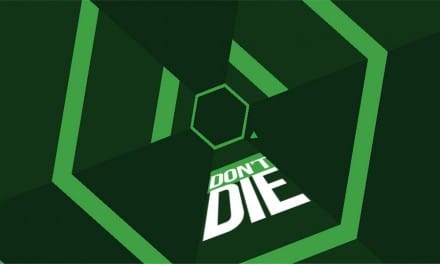When on October 30, 2012, LucasArts was acquired by The Walt Disney Company through the acquisition of its parent company Lucasfilm in a deal for $4.05 billion, many industry insiders predicted that this was the beginning of the end for the innovative game developer.
This happened on April 3, 2013, when Disney confirmed that LucasArts would cease to operate as a video game developer; and that future video games based on its properties will either be developed by Disney Interactive Studios or licensed to third-party developers. As a result, all of its future projects were cancelled, and most of its staff were laid off from the company. Disney indicated that the new business model would minimize the company’s risk while achieving a broad portfolio of quality Star Wars games.”
This end of an era for LucasArts was the reason this article exists. We’ll try to share some LucasArts magic with you, on a journey from the past until now, looking at the many highlights the developer and publisher created in its 31 year carrer.
The early years
Lets take things from the very beginning. In 1982 George Lucas’ LucasFilm foresees that the video gaming market is up and going so the acclaimed film producer, screenwriter, director, and entrepreneur, corporates with Atari and establishes Lucasfilm Games.
The results from this collaboration were titles like Rescue On Fractalus, a game that utilized fractal technology to create the craggy mountains of an alien planet, where the visibility was drastically reduced by the dense atmosphere, and Ballblazer, a simple one-on-one sports-style game bearing similarities to basketball and soccer. Both games first appeared on the Atari 5200 in 1984 and a year later were porte to the PC from Epyx.
Other games followed, (Koronis Rift, The Eidolon) with the most notable being 1987’s Maniac Mansion, conceived in 1985 by Ron Gilbert and Gary Winnick. The game wrote its own unique history in the adventure game genre. Initially released for the Commodore 64 and Apple II, it was Lucasfilm’s first foray into video game publishing.
Maniac Mansion followed teenager Dave Miller and 2 fellow students as he ventures into the Edison mansion and attempts to rescue his girlfriend from an evil mad scientist. The game influenced numerous other titles, has been placed in several “hall of fame” lists, and has led fans to create remakes with enhanced visuals. Maniac Mansion eventually spawned a sequel (Day of the Tentacle) and even a T.V. series.
Three years later, in 1990 in a reorganization of the Lucas companies, the Games Division of Lucasfilm became part of the newly created LucasArts Entertainment Company, together with Industrial Light & Magic and Skywalker Sound. Later ILM and Skywalker Sound were consolidated in Lucas Digital Ltd. and LucasArts became the official name of the former Games Division.
What made LucasArts stand from the rest of the developers ot its era was the company’s decision to focus on developing quality adventure games. From 1986’s Labyrinth and Maniac Mansion (Commodore 64, Apple II, PC, Amiga, Atari ST, NES) until Day of the Tentacle (PC, Mac) released in 1993 Lucas’ company, went through a golden era of successful titles.
These were 1988’s Zak McKracken and the Alien Mindbenders (, PC, Amiga, Atari, Commodore 64), which followed Zak McKracken, a tabloid reporter who slowly discovered a plot by an alien race to take over the and is rated as among the best adventure games ever made, Indiana Jones and the Last Crusade: The Graphic Adventure (1989 PC, Amiga, Amiga ST, Mac), LOOM (1990 PC) where you play as Bobbin Threadbare, a young man from the Guild of Weavers who just turned 17. Although you do not know why, you are outcast from the guild and blamed for the lack of prosperity in recent times. What set Loom apart from other adventure games was its unique interface: you do not carry items around, but rather manipulate existing items through the use of spells.
In 1990 we have the release of one of the best video games of all time, the The Secret of Monkey Island (1990 Atari, Amiga, PC, Mac, SEGA CD) that is created by Lucasfilm employee Ron Gilbert, who designed it with Tim Schafer and Dave Grossman. Critics praised The Secret of Monkey Island for its humor, audiovisuals, and gameplay. The game spawned a number of sequels, collectively known as the Monkey Island series. Gilbert, Schafer and Grossman also led the development of the sequel Monkey Island 2: LeChuck’s Revenge. LucasArts released a remake of the original in 2009, which was also well received by the gaming press.
LucasArts will frequently update these games with better visuals, sounds, in order to take advantage of the current technology, but in 1997 the company decides to shift focus on other genres as well The last adventure games the company released were Curse of Monkey Island (1997) ή Grim Fandago (1998) and Escape from Monkey Island. the fourth game in the Monkey Island series.

